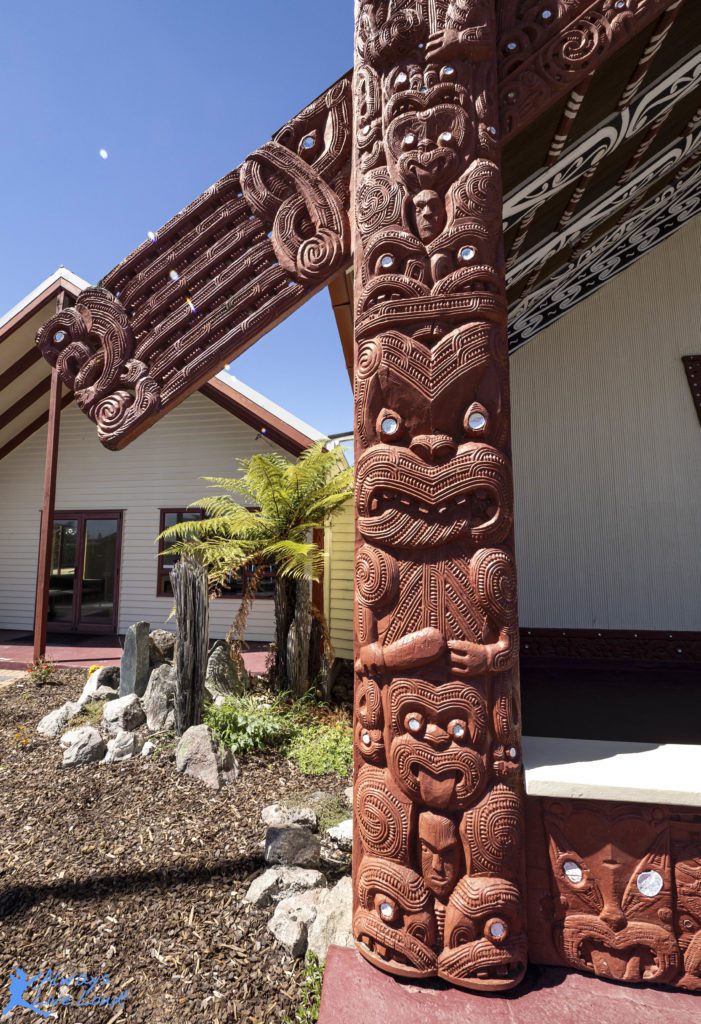
Whakarewarewa is a place of immense cultural significance for the Tūhourangi Ngāti Wāhiao people, who have lived in this geothermal valley for over 700 years. They live in a unique way that is closely tied to the land and its natural resources. They enjoy sharing their rich cultural heritage with visitors. Their way of life is simple and authentic. They take pride in their traditions and are happy to pass them on to others.
You’ll be able to see traditional art forms like carving, weaving, and music and learn how the Tūhourangi Ngāti Wāhiao people use the natural geothermal wonders for cooking, heating, and bathing.
It’s an experience you won’t soon forget!
History
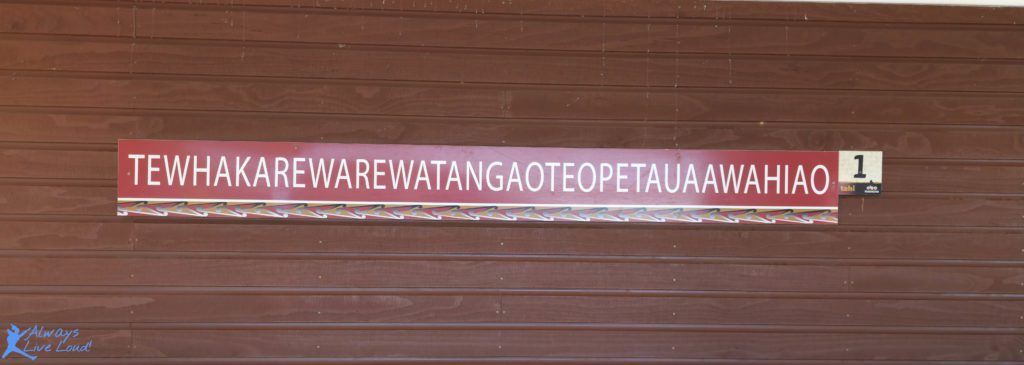
Whakarewarewa, also known as Whakarewarewatangaoteopetauaawahiao, is a geothermal area in Rotorua City within the Taupo Volcanic Zone of New Zealand.
In 1325, The area was once the site of the Māori fortress of Te Puia. The village was renowned as an impregnable fortress that never fell in battle. The Māori have lived in this area ever since and have taken full advantage of the geothermal activity for heating and cooking.
Wahiao, a great ancestor and the chief of Ngati Wahiao, a subtribe of Te Arawa, was an essential figure to the people of this valley.
Nau Mai, Haere Mai – Welcome to our Home
The Guided Tour
The guided tours through Whakarewarewa Part 1, the living Maori village in New Zealand, were exceptional. The village guides are direct descendants of the early Maori guides who shaped tourism in New Zealand for generations. They provide unique insights, knowledge, and legendary hospitality (Manaakitanga), adding depth and richness to your experience.
Wahiao Ancestral Metting House
Wahiao is a special place for our community. It’s an Ancestor Meeting House called Tupuna Whare. Many important events happen at Wahiao, such as funerals (tangi), meetings (hui), seminars (wananga), and entertainment (whakangahau). Other events of significance and interest to their hapu (sud tribe) also take place in Wahiao, as well as in Te Pakira (the name of this marea)
Traditional Methods of Cooking

The Maori people have two traditional ways of cooking their food. The traditional method is called hāngī, which involves preparing the food and wrapping it in leaves before placing it in an earth oven or pit. The food is then cooked with steam from hot stones.
The second method involves boiling food such as corn, eggs, pasta, vegetables, lobster, and mussels in a hot geothermal mineral spring. It’s important to note that meat cannot be cooked using hot spring water due to its fat content. The same water is commonly used for bathing, and it would be unpleasant to soak in oily or greasy water.
It takes a little while for the pool to fill up after they open the channels that connect the bathing area to the geothermal healing water.
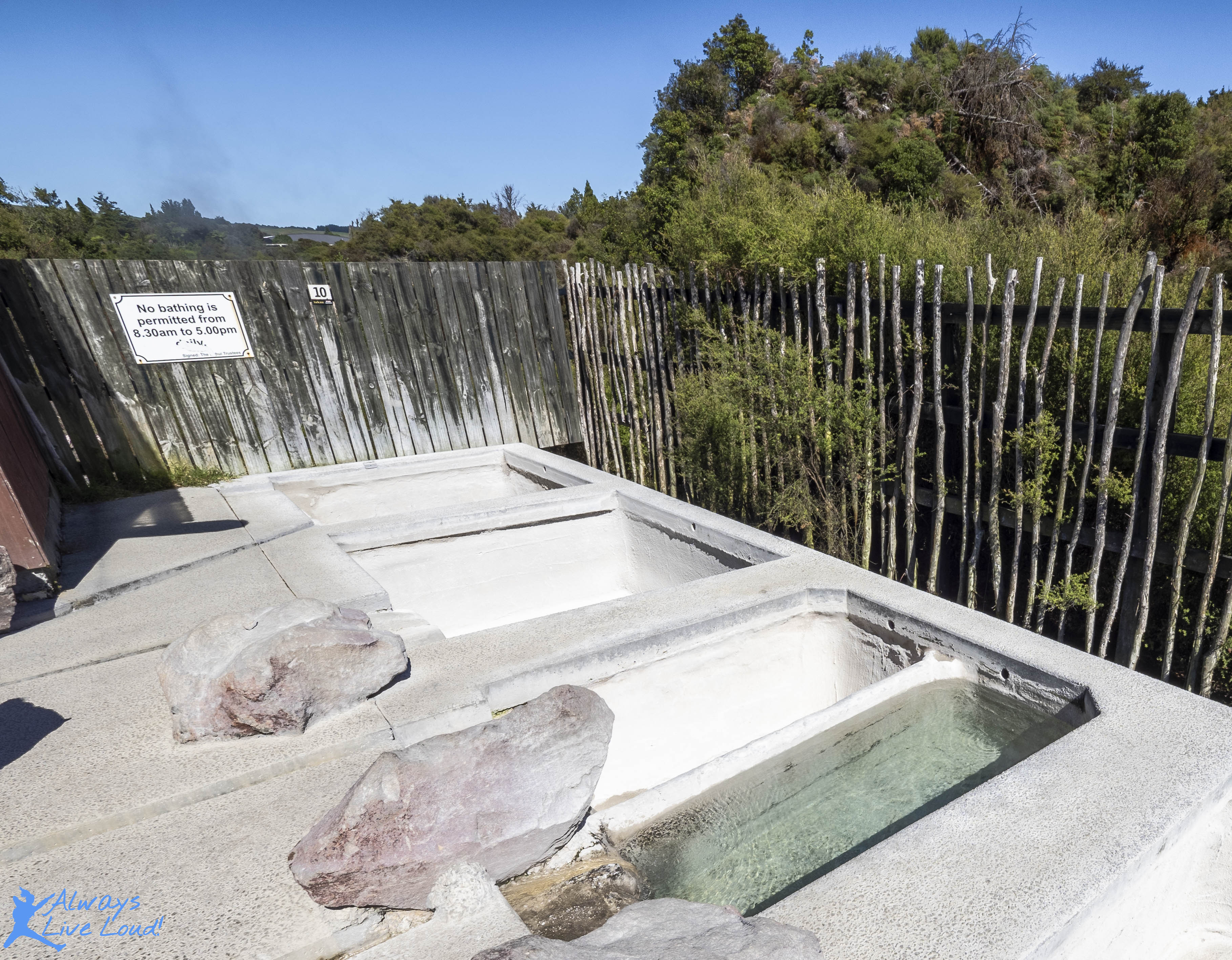
For generations, the Māori people have used the thermal waters for medicinal purposes, especially for treating skin ailments and rheumatism. They have been using the springs for cooking, bathing, washing, and healing, passing down their traditions from generation to generation.
When the European settlers arrived, they, too, started using the springs, building bathhouses, and even bottling the water for sale.
However, it’s unfortunate that the settlers often discriminated against the Māori people, making them use separate pools.
Afterward, we had the opportunity to taste the corn that was cooked for us and see how delicious it was.
Gardening
The Maori people have a deep connection with nature and the land. They have cultivated their produce for centuries using traditional techniques.
They prioritize sustainability and balance their farming practices and the environment. Maory takes care of their land by using natural fertilizers and avoiding chemicals.
The Maori people believe that their land is a taonga (treasure) that needs to be protected for future generations, and they take their responsibility for sustainable farming seriously.
Religion and Belives
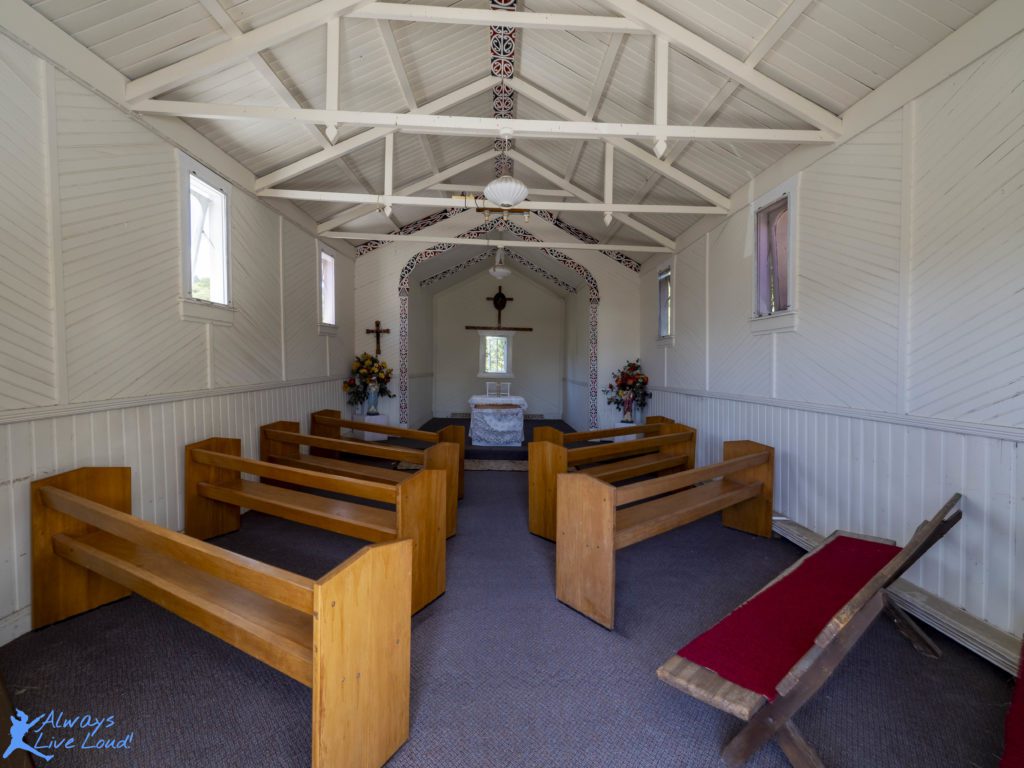
Before the introduction of Christianity in the early 1800s, the Maori people had a unique set of beliefs centered around their Gods: Sky-Ranginui, the Earth Mother, Papatuanuku, Tane-nature, and so on. These beliefs were deeply rooted in their culture and way of life and had a profound connection with nature.
The Maori people were able to communicate with birds, which they considered messengers from the spiritual realm. Their interactions with nature were based on the principles of respect, balance, and harmony, as they believed that everything in the natural world was interconnected. These beliefs significantly shaped the Maori way of life and continue influencing their culture today.
The lookout platform

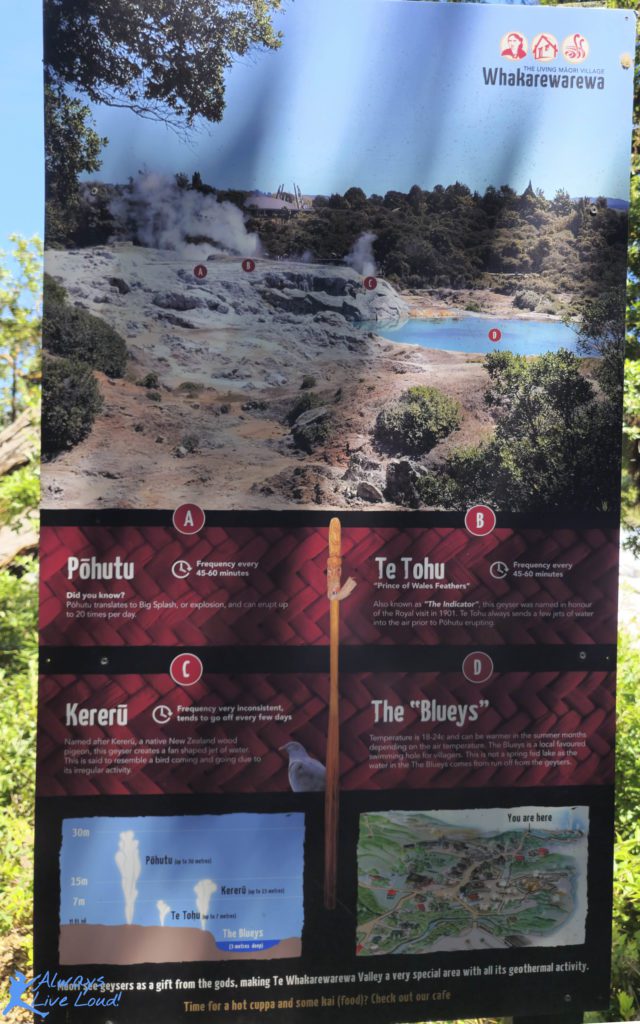
So we headed over to this really cool lookout spot to check out the Pohutu and Te Tohu geysers.
We had to wait a little while, but it was worth it once we saw them erupt. It was such a unique and mesmerizing sight that we just couldn’t take our eyes off it!
The water shot up high and then came splashing back down, creating a misty, steamy effect.

